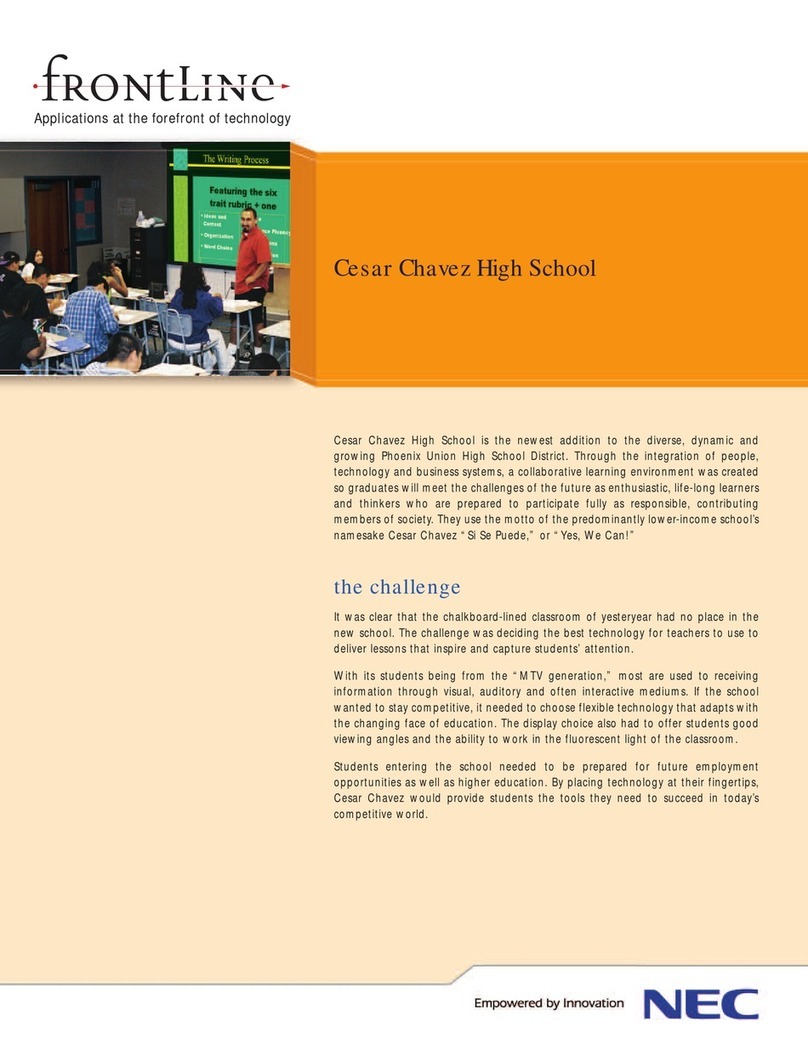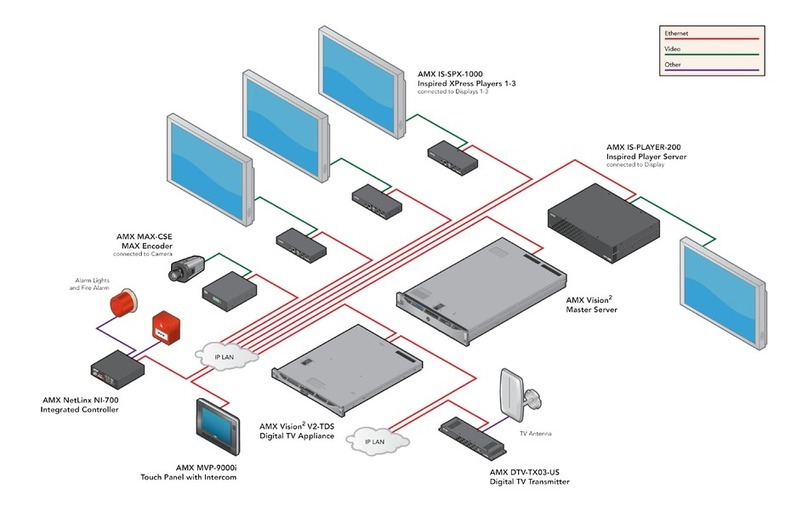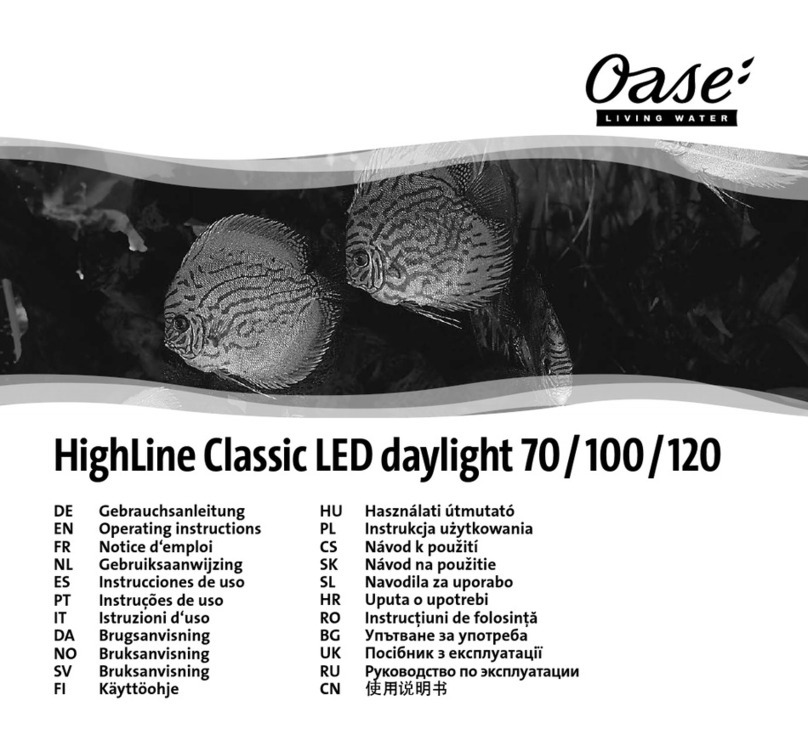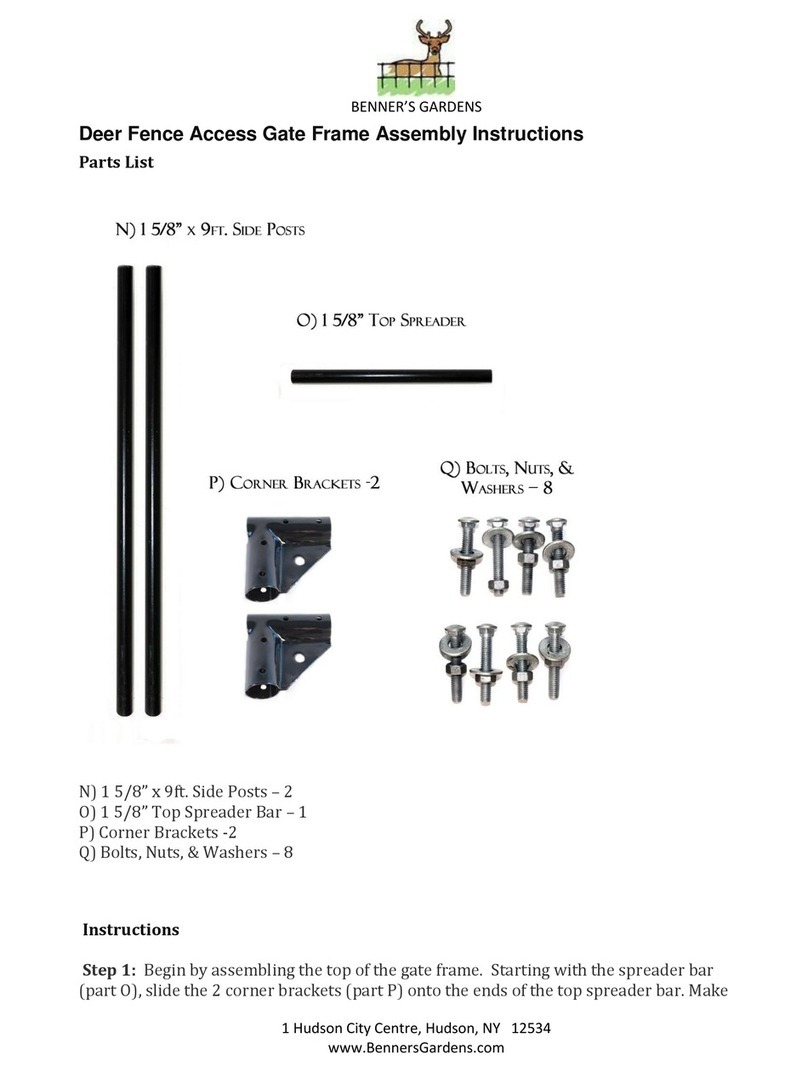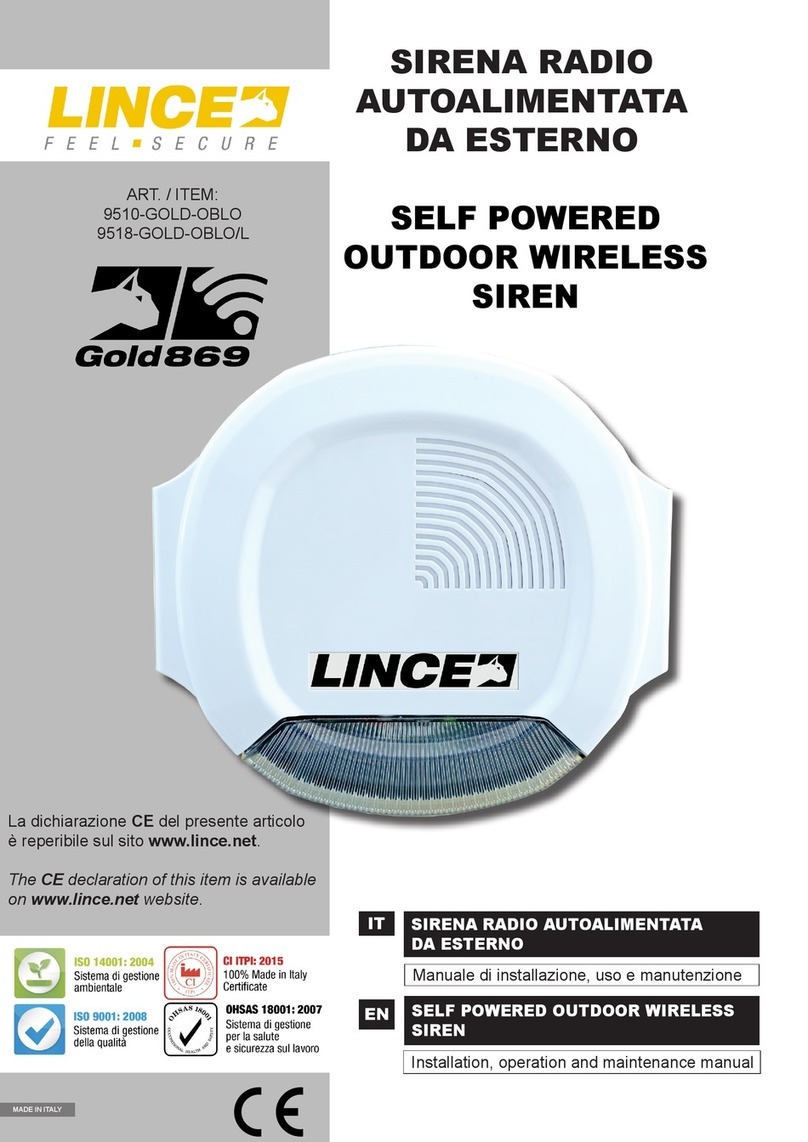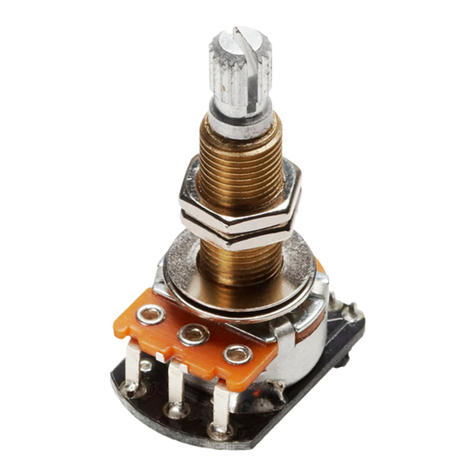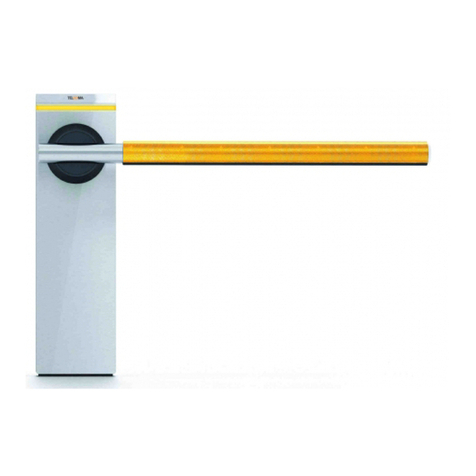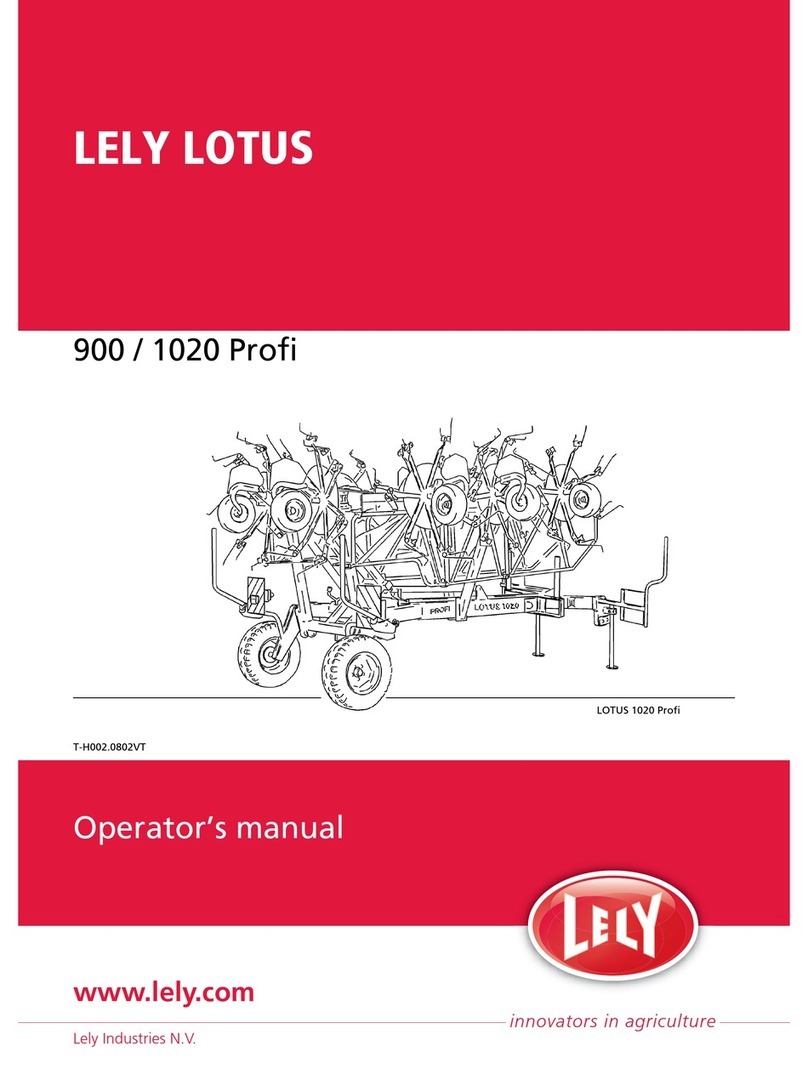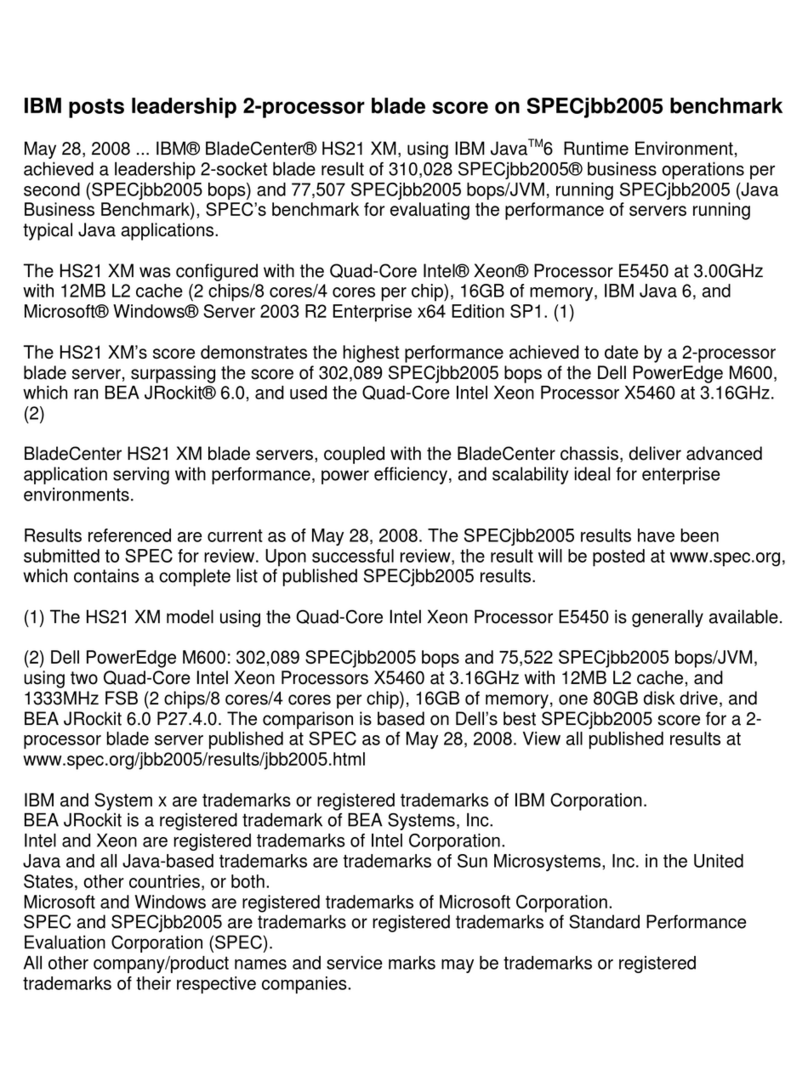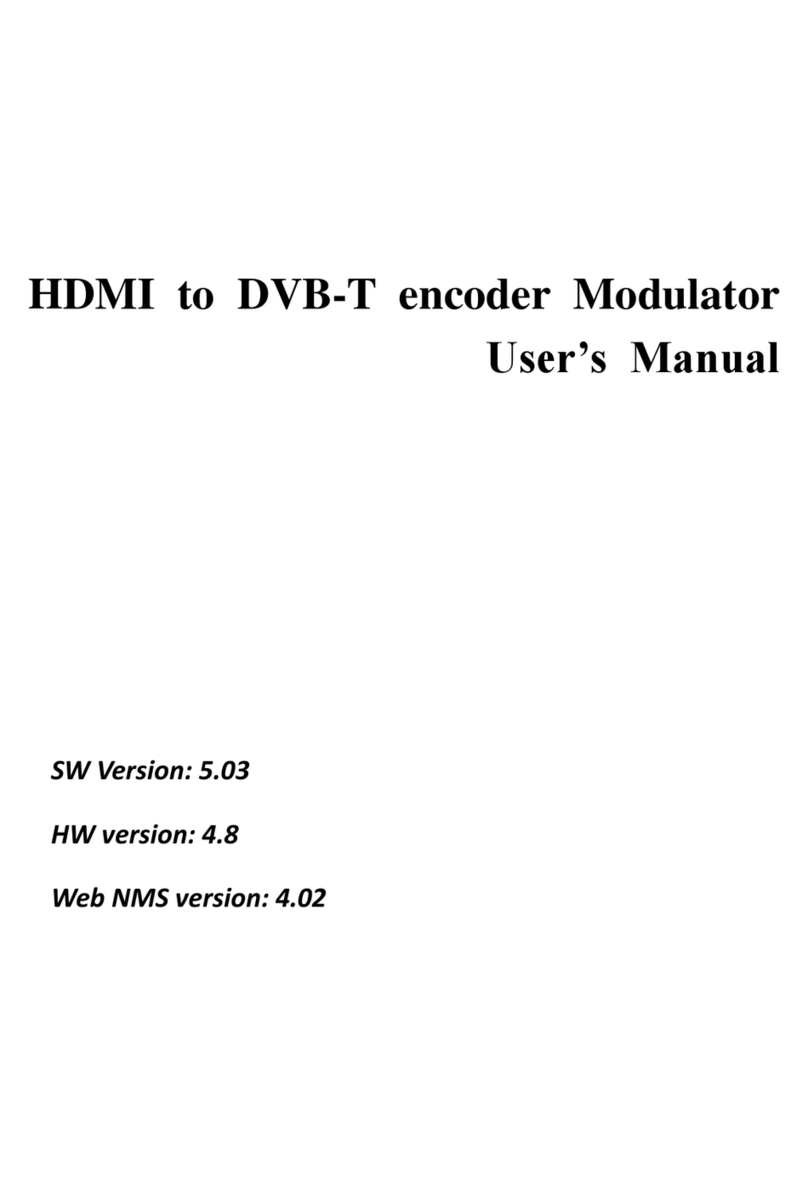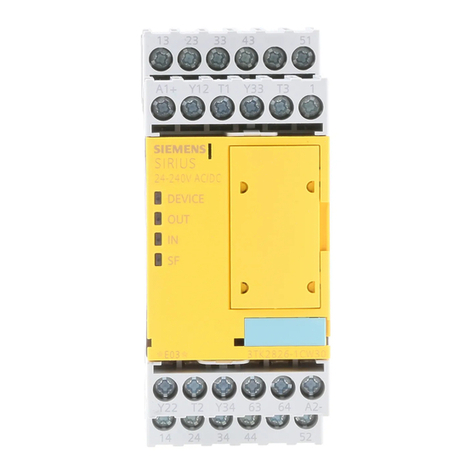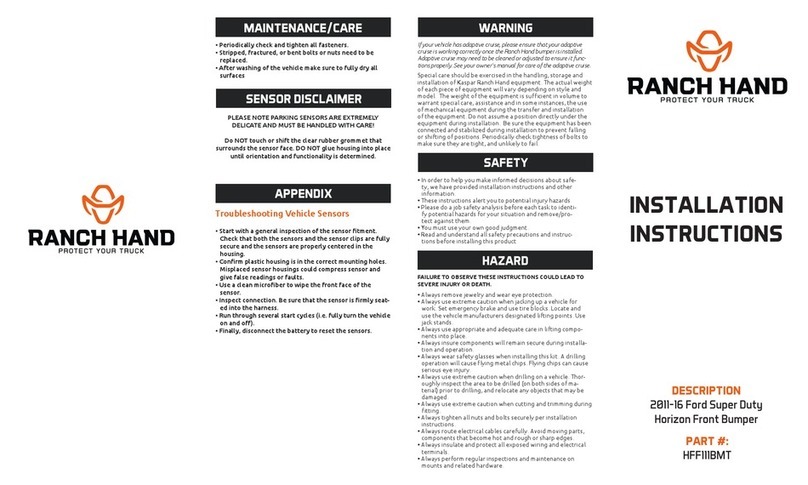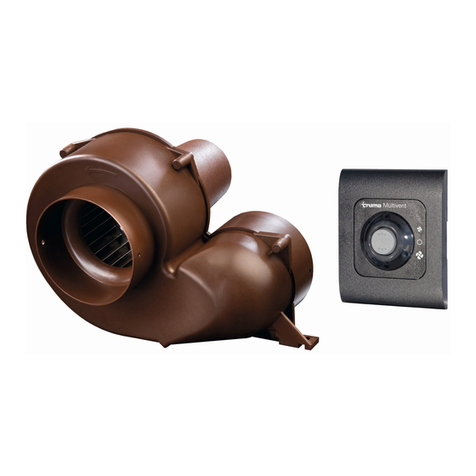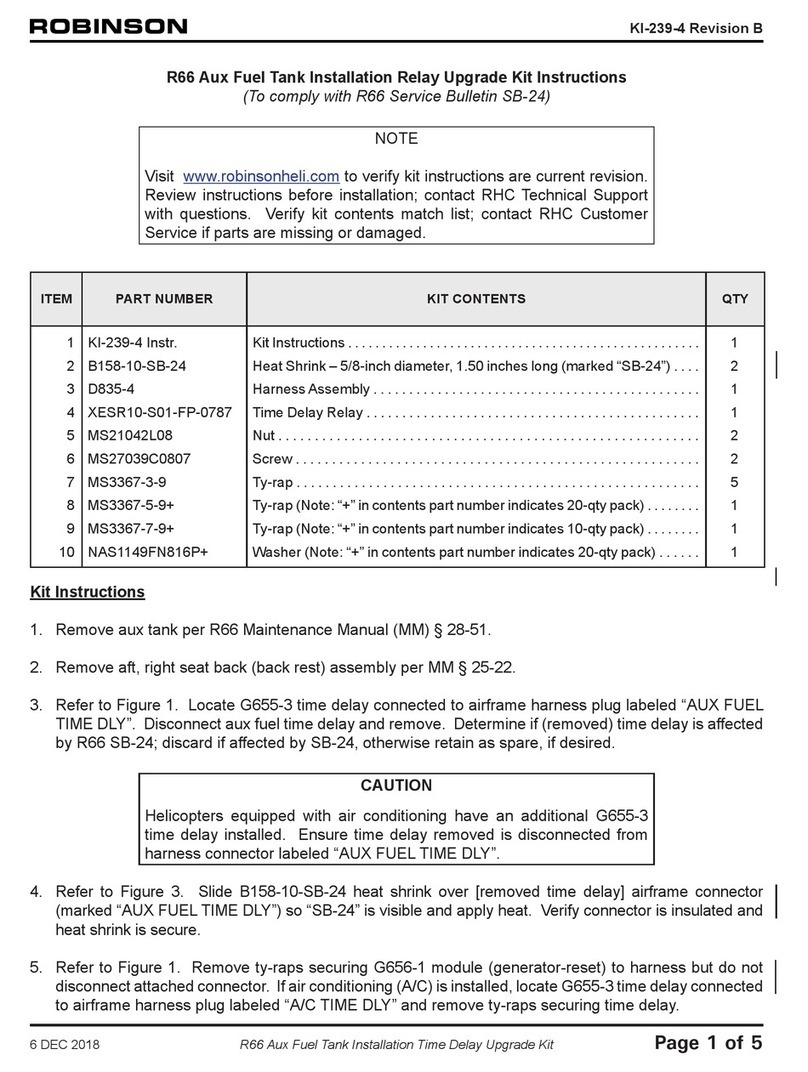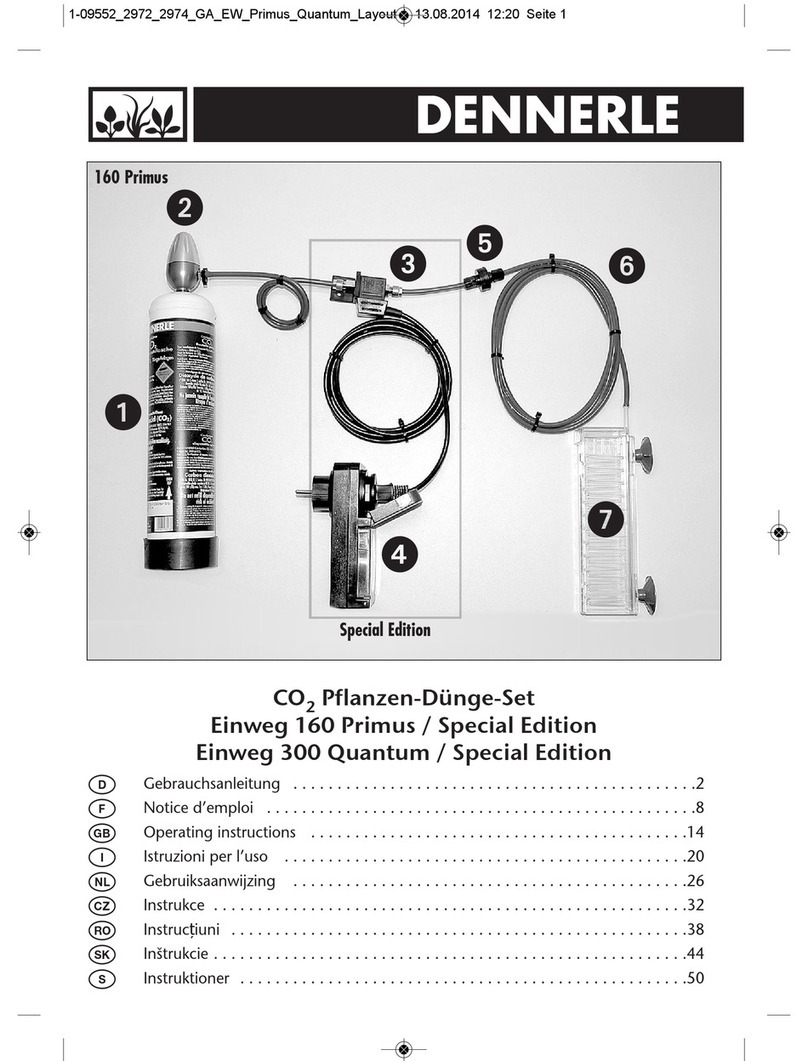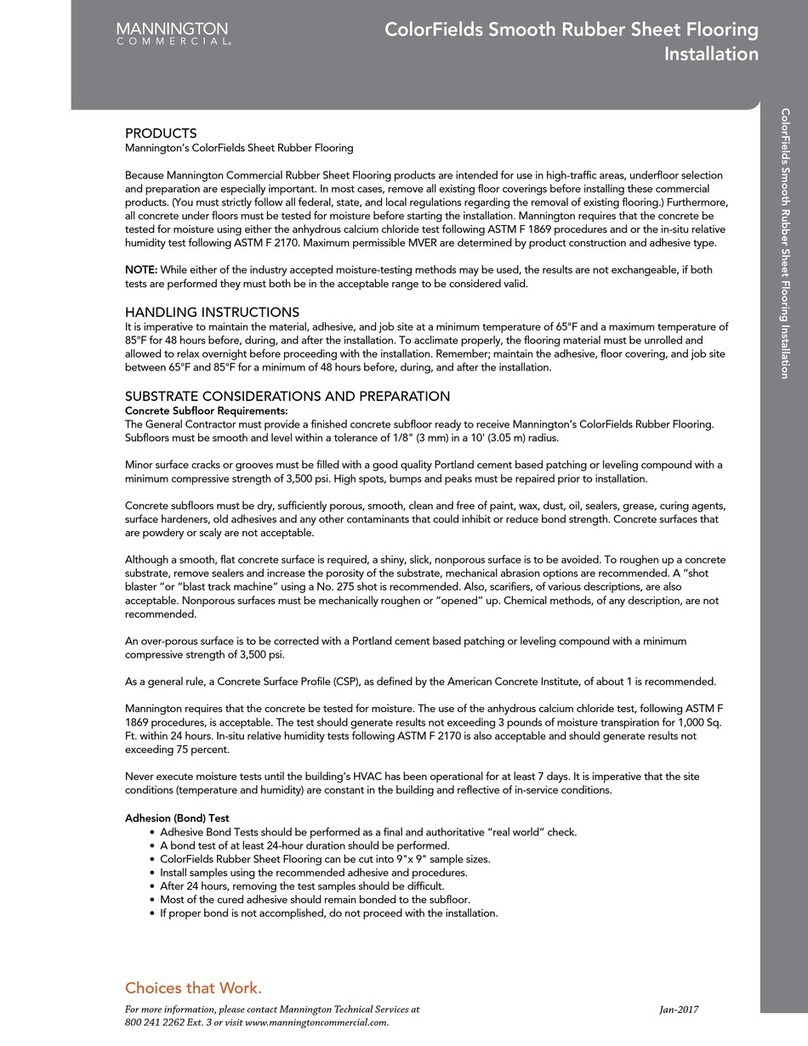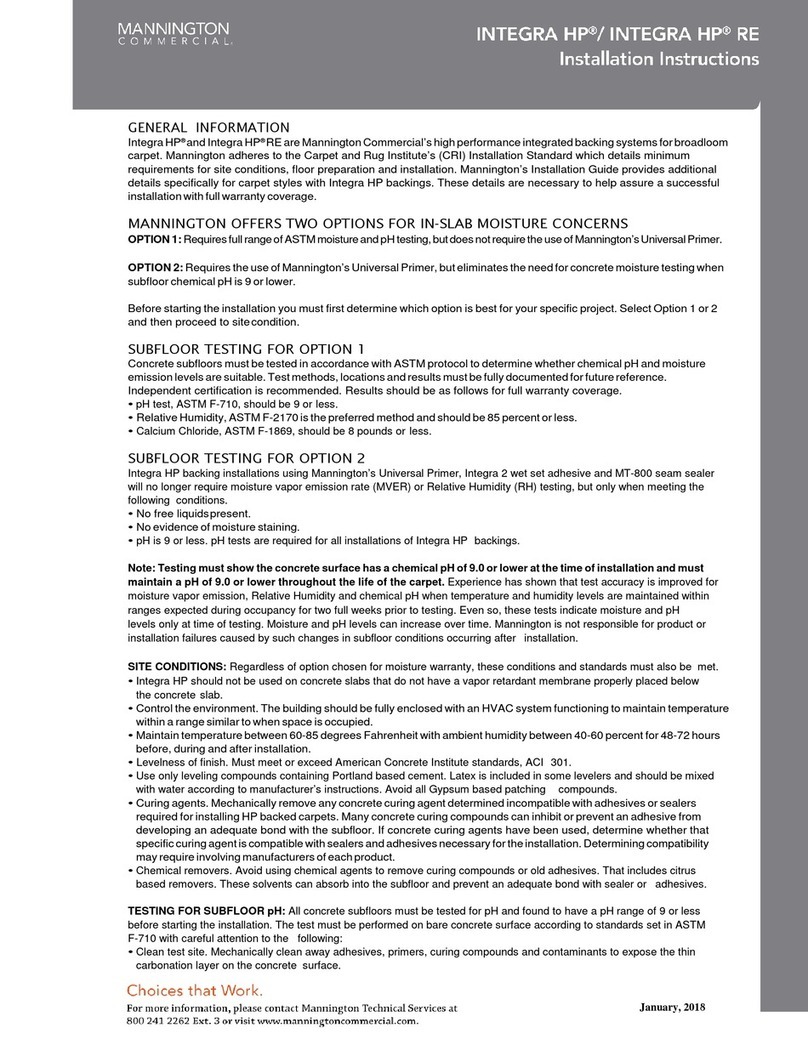
Choices that Work.
INSTALLATION PROCEDURES
Before starting the installation of the Amtico QuickStix LVF, insure the previous preparations have been accomplished. Start of
flooring installation indicates acceptance of current subfloor conditions and full responsibility for completed work. Acclimation:
Acclimate tiles (keep cartons flat), adhesive, jobsite and subfloor to a stable condition between 65°- 85° F (18°-29° C) and 50%
+/- 10% RH for a minimum of 48 hours before and after installation.
Amtico LVF products have arrows imprinted on the back. Lay all arrows pointing in the same direction. Amtico LVF comes in
plank and square tile formats. Amtico LVF can be laid out to run either parallel or diagonal to the room or primary wall. Tiles
should be installed running in the same direction (block or staggered), when quarter turned, arrows should alternate. Plank
flooring should have end joints offset by at least 6” and staggered to create a random appearance that avoids alignment
of end joints. (All arrows should be pointing in the same direction).
• Flooring Materials: Check quantities of Amtico LVF are sufficient for area to be installed. Check tile for visual defects
before installation. Installation of flooring acknowledges acceptance of materials.
• Inspect Substrate: Make sure all surfaces to be covered are completely clean, dry and smooth and that all necessary
subfloor preparation has been properly completed and documented.
• Determine Layout and chalk starting lines
• Start installing LVF by peeling QuickStix protective film and adhering the tile / plank, keeping the LVF straight to the pre
marked lines. Keep each section of the subfloor free of debris, dust etc. as you install.
• Make all wall and doorway cuts before removing the protective film. Place a directional arrow on the back of all cut pieces.
• To properly align the product install the plank butt/ short seam first making sure to fit the inside corner first, then slightly
tilting the plank align the length with the sides touching and making contact with the substrate fit into place. Do not apply
or rub the plank if the tile/plank is out of place. Readjustment will be difficult once the adhesive has made contact with
the substrate.
• Make all finish cuts. Always leave the protective film on the product during the cutting stage. A good practice is to use a
separate plank with the protective films touching as a cutting base to prevent cutting damage to the floor and keeping
the adhesive film from transferring.
• Continue with the installation. Covering the entire floor.
• The floor must be rolled in both directions using a 100 lb 3-section roller. Roll the floor as soon as conditions permit. Roll
floor again 90 degrees to the first row to assure good transfer of QuickStix adhesive to the substrate.
• Clean up all debris as you work. Caution not to allow the adhesive film to make contact with the newly installed flooring
surface. Clean up immediately to keep from attracting dirt.
• Immediate foot traffic and point and rolling loads can be utilized after installation.
• Wait 5 days after installation before washing finished floor.
• Adjacent Surfaces Protection: Protect adjacent work areas and finish surfaces from damage during product installation.
• Flooring Protection: Amtico LVF should be the last material installed to prevent other trades from disrupting the
installation or damaging the floor.
Helpful Tips
• When making wall/end cuts on the LVF a guillotine cutter similar to a Bullet tool cutter is recommended
Always leave protective film on when making cuts.
• If needed, when placing the tile/ plank, the use of a slight mist of water on the substrate will help in adjusting the product.
Use clean water; the spray bottle can be purchased from your local hardware store.
• Do not allow the adhesive film to make contact with the walls, baseboards or any other object except the intended
sub-floor. Clean all areas with the appropriate adhesive remover.
• Dispose of release paper as you install, keeping immediate work area clean.
• Keep cut pieces and scrap flooring off installed surface. Adhesive residue on flooring surface can appear as visible scuffs
as it attracts dirt.
• Any adhesive residue on flooring surface can be easily removed using a cloth dampened with mineral spirits or denatured
alcohol. Never pour cleaning agent directly onto the LVF. Always apply to a clean white cloth first.
SPECIAL CONSIDERATIONS
1. Radiant Heat: Amtico Commercial LVF can be installed over Radiant heating (hydroponic) systems. The maximum
temperature of the subfloor surface must not exceed 85°F (29°C). Before installing flooring products over newly
constructed radiant-heating systems, operate the system at maximum capacity to force any residual moisture from the
cementitious topping of the radiant-heating system. The heat must be turned off 48 hours before, during and 48 hours
after installation on new and existing systems.
2. Direct Sunlight: Installations in areas where there is direct sunlight exposure for long periods of time should utilize
window treatments prior to and during the installation, and for 48 hours after the installation.
3. Concrete Curing, Sealing, Hardening or Parting Compounds: Amtico recommends wet curing concrete for 7 days if at all
possible to avoid the use of Curing, Sealing, Hardening or Parting Compounds which may cause installation failures.
4. Protecting New Installations: New Installations should be protected from all construction or trade dust and debris with
proper floor protection.
Amtico QuickStix LVF
Installation
Amtico QuickStix LVF Installation
For more information, please contact Mannington Technical Services at
800 241 2262 Ext. 3 or visit www.manningtoncommercial.com.
September, 2016





